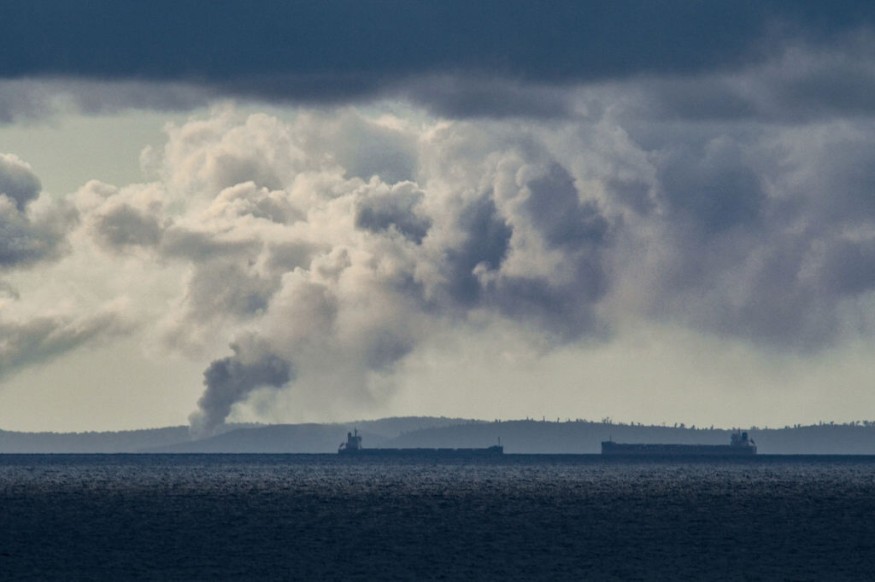The Tonga volcanic eruption in January created nearly 590,000 lightning strikes in just three days, as per recent data.
The Hunga Tonga-Hunga Ha'apai underwater volcano off the coast of Tonga not only emitted plumes of ash and lava but also caused a series of lightning flashes or volcanic lightning, a magnitude never seen before.
Based on the data, volcanic lightning engulfed the surrounding islands and waters in the Tonga archipelago.
The strikes from the Tonga volcanic eruption have been compared to a similar volcanic eruption in Indonesia back in 2018.
Tonga's eruption highlights the causal effect of a volcanic eruption on lightning strikes, specifically increasing its frequency.
Volcanic Eruption and 590,000 Lightning Strikes

The eruption of the Hunga Tonga-Hunga Ha'apai volcano in January created a series of lightning events.
The volcanic lightning events resulted in a total of approximately 590,000 lightning strikes within three days, according to a data report published in Reuters on Feb. 14.
On Jan. 13, the eruption at the Tonga volcano started and caused the first series of volcanic lightning until Jan. 14.
Afterward, the massive explosion from the volcanic eruption on Jan. 15, was followed by 400,000 lightning strikes.
Overall, there were 590,000 lightning strikes in just three days.
Data from the GLD360 Network
According to the report, the volcanic lightning from the Tonga volcanic eruption was unlike anything found on the existing record.
The data was retrieved from the so-called GLD360, a ground-based global lightning detection network owned and operated by the Vaisala company.
Accuracy of Lightning Strikes
The data showed that during the volcanic lightning events, 56% of strikes hit the surface of lands or oceans in Tonga, and more than 1,300 lightning strikes hit the main island of Tongatapu, Tonga.
Furthermore, the majority of the strikes were classified as a cloud-to-ground type of lightning, as per Reuters.
The lightning phenomenon surrounding the Tonga eruption highlights the direct influence of volcanoes in the formation of thunderstorms.
Although the event was compared to the Anak Krakatau volcanic eruption in Indonesia in 2018, the January eruption in Tonga is one of a kind.
Types of Lightning
Lightning is a discharge of electricity when electrons, small negatively charged particles, crash into each other and separate the positive and negative charges of the cloud.
We then see a flash of a lightning bolt from the cloud as it tries to reach the ground's positive charge, as per the Center for Science Education.
According to the National Oceanic and Atmospheric Administration (NOAA) - National Severe Storms Laboratory, there are two types of lightning strikes: cloud-to-ground flashes and cloud flashes.
Cloud-to-ground flashes pertain to the natural downward lightning strikes from the cloud to the ground.
Moreover, lightning strikes can also occur from the ground to the clouds, and this phenomenon is seen in artificially-initiated lightning from several man-made infrastructures, including rockets and towers.
On the other hand, cloud flashes are lightning strikes that do not reach the ground and are confined only within a cloud, which is also called intra-cloud lightning flashes.
© 2025 NatureWorldNews.com All rights reserved. Do not reproduce without permission.

